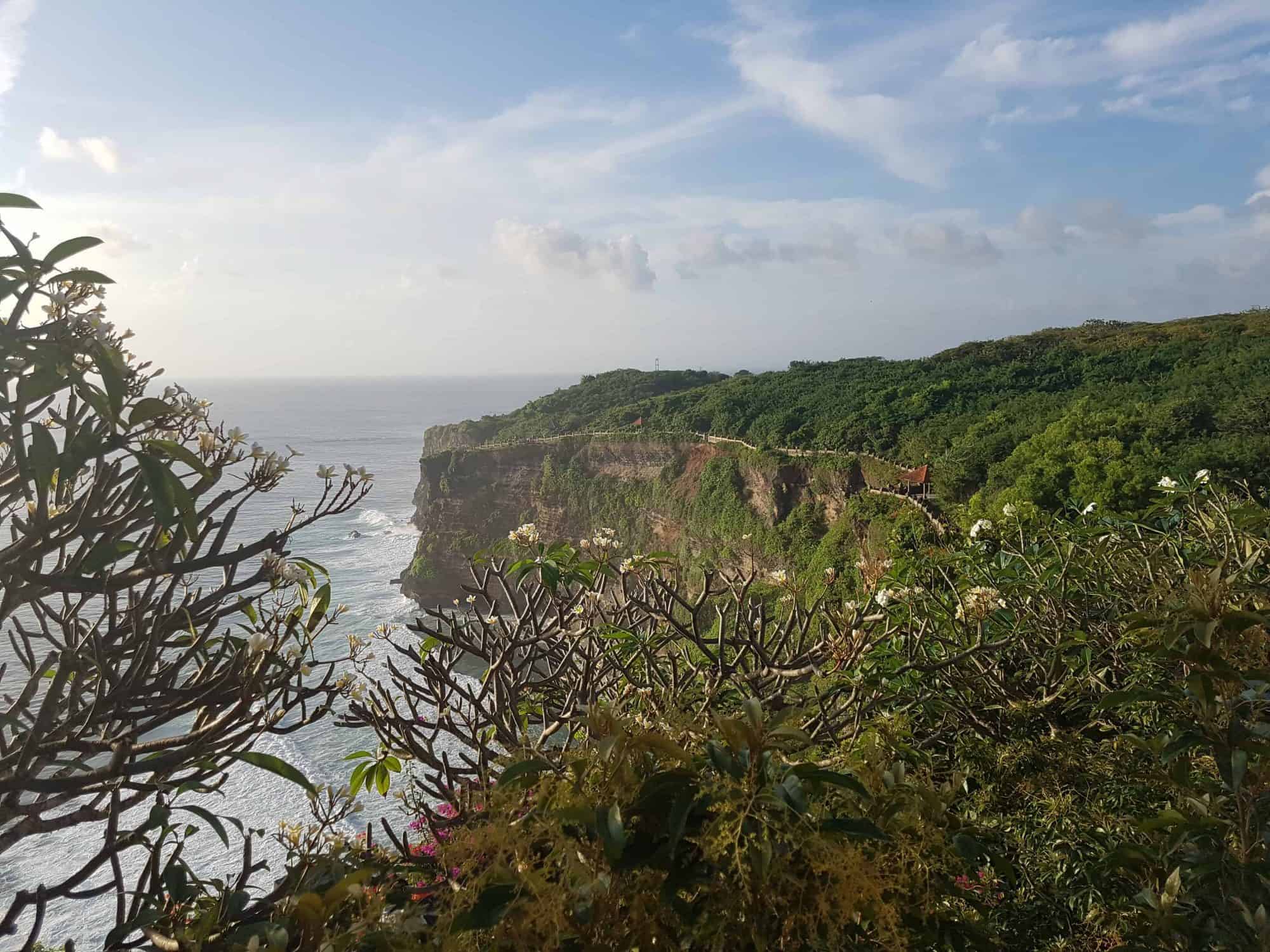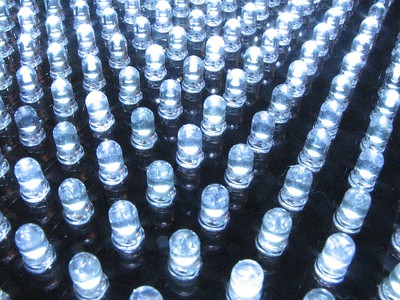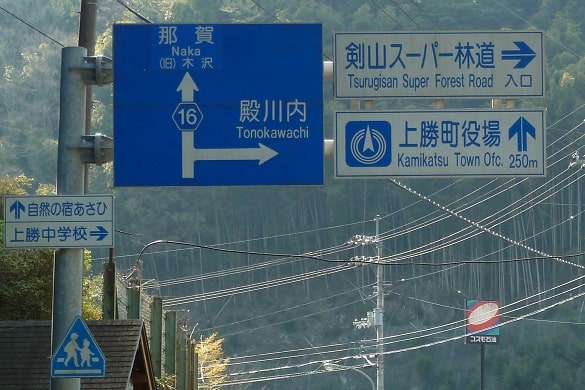Sustainable Waste Management
Amager Bakke, also known as CopenHill, brings a sustainable waste management solution to the doorstep of city living. CopenHill is the cleanest waste-to-energy power plant in the world, on the industrial waterfront of Amager, Copenhagen, Denmark. Amager is Denmark’s most densely populated island.
The Amager Bakke waste-to-energy plant covers 41,000m² and rises to a height of 85m. Annually the plant processes 440,000 tons of waste and produces electricity and district heat for 150,000 homes. VisitCopenhagen lists this sustainable waste management site as a place of interest for tourists and locals. CopenHill has a roof terrace/viewing plateau, café, nature trail, hiking paths, climbing wall (85m tall x 10m wide), and a ski slope. Visiting the site is free, there is a fee for skiing and using the lift.
Designed by Danish architects Bjarke Ingels Group (BIG), CopenHill follows the Ingels concept of “hedonistic sustainability”. The notion is sustainable living should be good for the environment and enjoyable for the people living there.
Copenhill. Image: News Oresund | (CC BY 3.0) | Flickr
Waste Hierarchy
If we consider the Waste Hierarchy:-
1. Prevention by streamlining the design/manufacturing process and using less hazardous alternatives.
2. Re-use entails repairing/refurbishing whole items or spare parts.
3. Recycle converts of waste into a new substance or product.
4. Recovery includes energy or products from waste, incineration (waste-to-energy) and anaerobic digestion.
5. Disposal comprises incineration (without recovery) or landfill.
Waste-to-energy power plants are equivalent to recovery, the fourth option for managing waste.
Amager Bakke also known Copenhill. Image: Edward Weston | (CC BY-NC-ND 2.0) | Flickr
Should Future Waste Projects Follow This Model?
In Denmark, less than 4% of waste goes to landfill. Recycling accounts for 42% of waste, 54% is transformed into district heating and electricity as a power source. Their low landfill rate is admirable. Additionally, organic matter is being processed via anaerobic digestion (AD). Denmark aims to recycle 70% of household waste by 2024. CopenHill emits much lower emissions than the EU’s strict 2019 Best Available Techniques (BAT). BAT- the technique /technology approved and assessed by regulators and legislators, to ensure effective elimination or, where not practical, minimisation to control industrial emissions and environmental impacts.
For all these reasons, I say yes. CopenHill is inspirational, innovative, creative, combines industrial and sustainable architectural concepts. The multiple public and private uses enhance the overall cost-benefit of this plant. When a country has low landfill rates, high recycling and high electric/heat conversion rates. Projects similar to CopenHill are not only recommended for good public relations, but they also enhance public confidence. Furthermore, municipalities and investors should recommend that future sustainable waste management plant are multi-purposed. Thus, educating the public further on what happens to all our waste.
Higher environmental and emission standards are required and maintained when a site is open daily to visits from the local community. Like most things, of course, there is more than one way to achieve success. The delight of such a project is its uniqueness. Hopefully, it will inspire industrial architects to build more aesthetically pleasing plants. Hence, improving public perception of waste, increasing compliance with household sorting, and further understanding of waste prevention/re-use /recycling options. These plants would be held to higher standards of operations and tighter regulations because of the exposure of the public to the plant. However, this clear, accessible and inviting model would reduce NIMBYism, protests, and community roadblocks for future projects.
Operations
Amager Bakke’s sustainable waste-to-energy plant runs 24 hours a day, 365 days a year. The control room monitors the entire process. ~10,000 alarm points, 850 pumps, fans and compressors, 1,800 valves and 3,300 measuring instruments assist the operations team with Control, Regulation and Monitoring System requirements.
Reception and Sorting
1. Waste Reception
Up to 300 lorries weigh-in and register each day. Random inspections on 5% of these lorries to ensure the waste is suitable.
2. Waste Silo
Lorries offload in the tipping hall directly into the silo. The silo holds ~22,000 tonnes of waste. Two automatic grabbers mix the waste well, to ensure a stable incineration process. The grabber lifts the waste into the stoking hoppers of the furnaces. Each grabber can lift 15 tonnes of waste. The tipping hall is under negative pressure to reduce unpleasant odours. They extract this unpleasant air into the furnaces.
Energy from Waste
3. Furnace Systems
Two identical furnaces process 25-35 tonnes of waste per hour. 24 rows of perforated steel plates form the combustion grate. The furnaces run between temperatures of 950-1,100°C. It takes 1.5-2 hours to incinerate the waste.
4. Boilers
The two boilers comprising a box with numerous close-fitting pipes with water flowing through them at high pressure. A pump maintains high pressure at 70 bar and a temperature of 440°C. Each boiler produces 137 tonnes of steam per hour. The steam from both boilers feeds into the steam turbine. The plant also transfers heat from the hot smoke rising from the furnace. High-pressure steam accounts for ~90% of the energy in the waste.
5. Turbine and Heat Exchangers
The expanding steam generates up to 63 MWh of electricity. Additionally, excess heat energy feeds into the district-heating exchangers, producing up to 247 MWh of district heating. Depending on the needs of the customer, the steam can pass through the turbine or bypass the turbine directly into the heat exchangers.
Gas Cleaning, Slag, and Wastewater
6. Flue Gas Cleaning
Each furnace line connects to a separate smoke-scrubbing system. These smoke-scrubbing systems comprise an electric filter, a catalyser, three scrubbers and a dust filter. Sequentially removing dust, NOx, HCl, mercury, SO2, water vapour, and any remnants of dust in the smoke. The cleaned smoke is continuously monitored before being released through the chimney.
7. Slag and Fly Ash
The final product of the incineration process produces slag (bottom ash). Slag is equivalent to 17-20% of waste incinerated. Slag comprises gravel, sand, ash, metals and other materials that cannot be incinerated. They allow the slag to mature for 3-4 months to ensure heavy metals bind to the slag, therefore avoiding leaching. Metals are then removed for recycling. The gravel present in the slag is used in building and construction work. Fly ash recovered from the process sells as a lime substitute. This fly ash by-product is like to cement and is used to recreate the landscape in a disused limestone quarry.
8. Water Treatment
The two furnaces can produce up to 13m³ of wastewater per hour, with an initial pH between 0.5-2.5. There is a 4-stage process for cleaning and neutralising wastewater. The stages include scrubbing, settling tanks, filter press, sand filters, ammonia strippers, carbon filtering and ion exchange. The last step requires scrubbing to remove any remaining organic materials and metals.
A detailed description is available from ARC’s facts and figures.
Project Details
Location: Copenhagen, Denmark
Client: Amager Resource Center
Size: 35,000 m² nature park and landscape. 41,000 m² building
Completion: September 2018
Collaborators: BIG (architect), MOE (engineer), Malmos Landskaber (landscape contractor), Rambøll (engineer – planning and commission ), SLA Architects (landscape architect) Neveplast (ski slope surface), CopenHill (run recreational activities)























This Post Has One Comment
Pingback: 5 Bangunan Arsitektur Berkelanjutan Terindah Di Dunia - Petikine.com